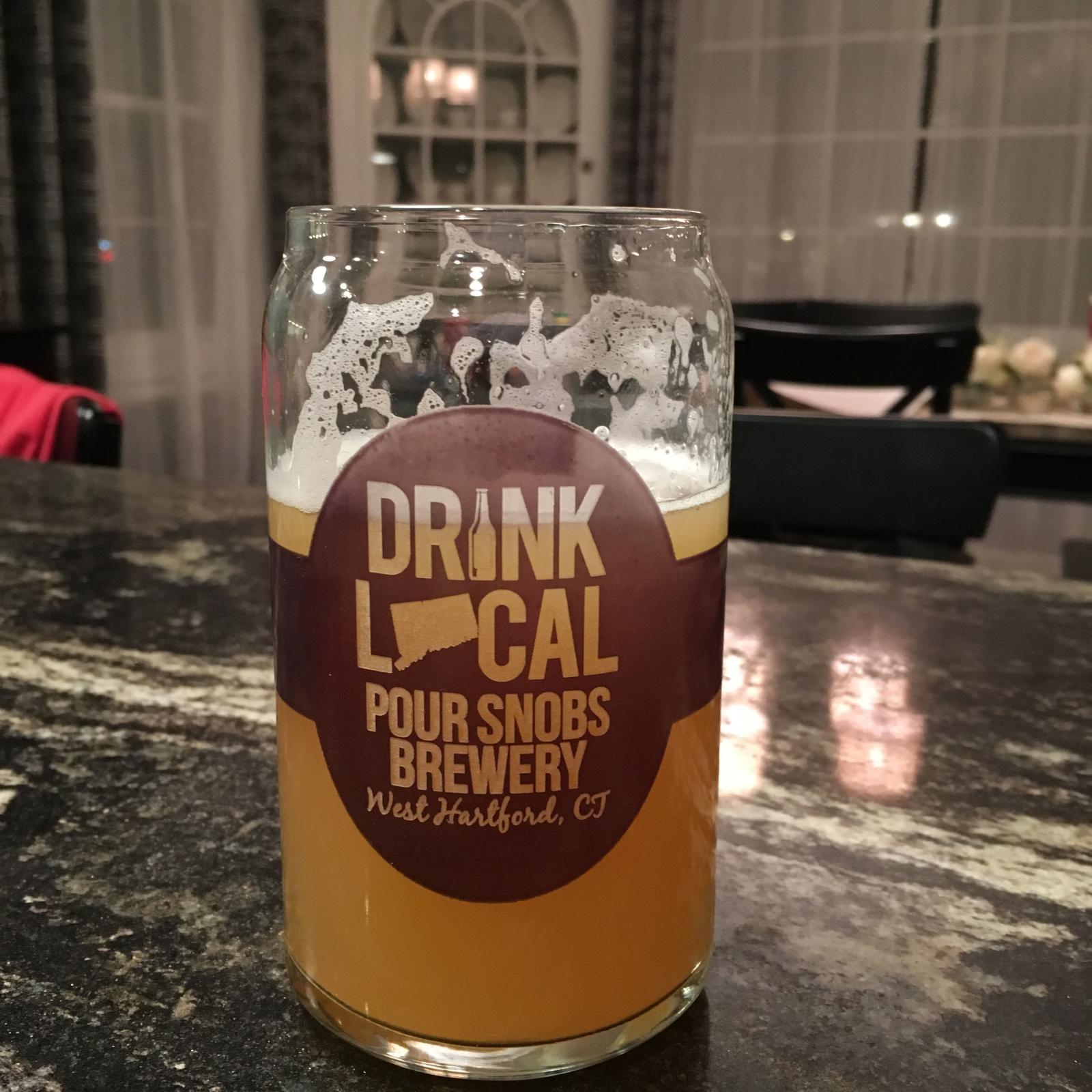How do you liquid purge with shortened diptubes?
I only liquid purge the serving keg. The fermentation vessel doesn't matter.
For anyone wanting a visual, here's how my process works. I think this is the easiest way to get low oxygen and EASY to rack kegging set up. Kegs are cheap ($50) and highly pressure capable, so i think they are the ideal fermentation vessel.
Step 1: Turn a standard corny keg into 1 of each a Fermentation Vesssel (FV) and Serving Keg (SK).

To make the FV all you do is bend the liquid dip tube to reach the side wall of the keg. This should put you about an inch off the bottom so you'll avoid all the yeast. You can refine the amount of bend after a few brews.
For both an SK and FV you cut the GAS dip tube flush with the inside of the keg. This equates to removing approx 1/2" of the dip tube. The gas dip tube is nothing more than an o-ring holder.
For the FV, shortening this by 1/2" gives you even more head space, which equals another 1-2 beers into the SK. For lagers i can fill the keg up past the top weld and have 0 blow off.
Step 2: Water purge the SK
This is easier than it sounds.
Clean the SK with PBW or whatever. Starsan is optional. Fill the SK to the brim with water, then install the lid with PRV closed. Install a gas disconnect to the gas side, and liquid disconnect to the liquid side. The liquid side should be connected to a water source.
Tilt the SK to a 45 degree angle
with the gas port on the top. Slowly fill the remaining portion of the keg with water until it starts squirting out the gas disconnect. Rock the keg around a few more times to ensure all the bubbles are out.
The lid in a corny is a HUGE gas pocket, that's why you are tilting it AND shortening the gas dip tube. Pull the PRV up to get the last of the air out and then close it again. Simultaneosly pull off the liquid and gas QD. You now have a keg 99.99% full of water.
Use commercial CO2 to push all the water out of the liquid dip tube. You now have a keg 99.98% full of CO2.
Step 3: Ferment

Add yeast and a few psi of pressure to the kegs. You need this pressure to keep the lid sealed. Set spunding valve to match. I like about 3.5 psi, but you could experiment here.
The idea of this set up is that you use all of the fermentation gas to continue to purge the serving keg.
Bonus: The added head pressure collapses the kraussen bubbles. My lager fermentations max at 1cm of kraussen, meaning i can nearly fill the keg tp capacity.
Step 4: Racking

Another easy step. With a few gravity points to go (4-6 ideally)...
Purge the hoses you use in this step with gas saved in the SK (attach, use your finger or screwdriver to push the poppet).
Elevate the FV above the SK. Connect the 2
liquid ports together and if flow didn't already start, pull the PRV slightly on the SK. Beer will start to flow. Then connect the
gas side together to equalize the head pressure.
Set timer for 30 minutes and walk away.
When you return you'll have the SK completely full and the FV empty. At this point i usually disconnect everything, and then top the pressure off in the kegs to ~5 psi to ensure a good lid seal. Then back to wherever to finish the last few points and naturally carbonate.
This is the process for lagers. For ales you can do the same if you're not dry hopping, but the timing is much less forgiving (you need to catch it within a half a day window). If you don't have enough remaining fermentable extract then you need to crack the lid and add some.
I normally don't re-install my spund valve at this point again, but i do monitor the pressure every few days to see where its at and when it stops rising.












































![Craft A Brew - Safale BE-256 Yeast - Fermentis - Belgian Ale Dry Yeast - For Belgian & Strong Ales - Ingredients for Home Brewing - Beer Making Supplies - [3 Pack]](https://m.media-amazon.com/images/I/51bcKEwQmWL._SL500_.jpg)
















